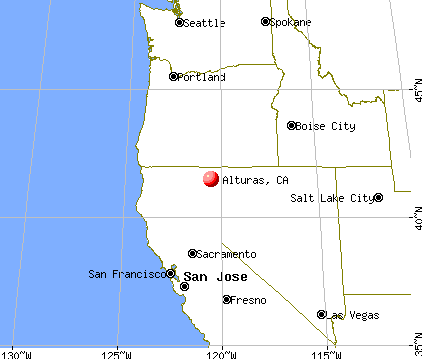Our field season in the Mojave is pretty much in full swing now. This past week my fellow CLM interns and I headed to Fort Irwin, CA with our USGS mentors to plant our common garden site there with Ambrosia dumosa (White bursage), Larrea tridentata (Creosote bush), and Sphaeralcea ambigua (Desert Globemallow). We had just over 600 plants to transport and plant out at our field site, which makes for some interesting logistical challenges. However, true to form our crew finished the planting earlier than expected and enjoyed exploring our final common garden site.
One of my favorite things about this internship so far is the chance to travel to field sites around the Mojave Desert, in Utah, Nevada, California, and eventually Arizona. I particularly appreciated it this week because our field site in California was ablaze with an assortment of beautiful blooming annuals. This was the first chance we’d had to see a variety of annuals, because other parts of the Mojave haven’t had enough rainfall to support the annual plants. It also meant that we had the chance to do some plant collection and practice our plant pressing and ID’ing skills! We had to improvise a bit as 30 mph winds made collecting and pressing plants in the field a bit difficult, but we managed to get our samples back to the office intact and worked as a team to identify some of the annuals we saw. My plant ID partner Renee and I learned some great tips for using dichotomous keys, and I loved the puzzle of figuring out which plants we had found. The sometimes frustrating experience was more than worth the satisfaction we felt when we identified the plants we collected (see pictures below). I’m looking forward to becoming more familiar with our key and exploring more of the fabulous Mojave Desert in the weeks to come!



























